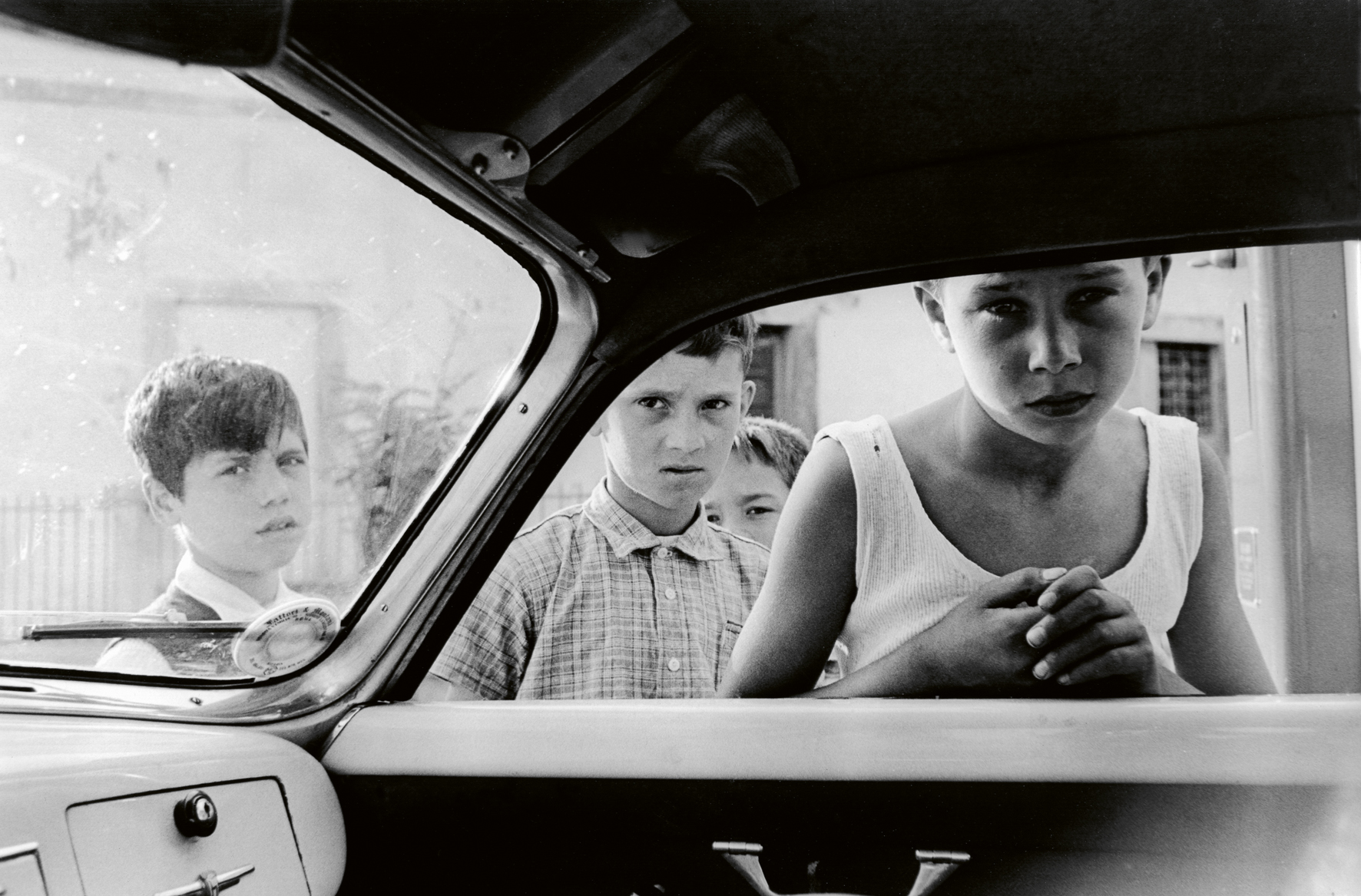64 summers ago, a writer and a photographer embarked on a journey along the entire coast of Italy. Their journey began in Ventimiglia, a town on the Ligurian border with France, and ended in Lazzaretto, a village in the province of Trieste on the easternmost coast, close to what was Yugoslavia at the time. The writer was Pier Paolo Pasolini, an already established intellectual in his field with the books The Street Kids and A Violent Life, who had yet to begin his cinematographic career with his first film, Accattone. The photographer was Paolo Di Paolo, a photo reporter for the magazine Il Mondo, who later became known for his intimate photographs of Italian celebrities such as Marcello Mastroianni and Anna Magnani.
Pasolini and di Paolo had not worked together before – they were brought together by Arturo Tofanelli, editor of the magazine Successo, to document the Italian summer of 1959 in a three-part reportage released in the July, August and September issues of the same magazine. From the “theatre of multimillionaires” in Liguria’s Portofino to “the flicker of freedom, almost madness” in Calabria’s Cutro, the pair’s reportage captures a changing Italy through its economic resurgence after the postwar era – a period later referred to as the ‘economic miracle’. di Paolo named the reportage La lunga strada di sabbia, or “The Long Sandy Road”, for this reason, referring to the arduous journey Italians had to take to reach bliss and wellbeing after World War II.

In one of the only two photographs of Pasolini, di Paolo captures him walking along a beach in Cinquale in Versilia, Tuscany — one of the first stops in part one of their journey. A group of young boys lie on the sand as Pier walks and silently observes them. The beach in Cinquale was one that “had fascinated an entire generation of great writers and also famous painters,” as di Paolo writes in a new illustrated book published by teNeues (di Paolo died only recently in June 2023; Pasolini was murdered in 1975). While di Paolo’s photographs capture Cinquale through the modern bourgeois bathers with their Vespas parked on the sand, Pasolini experiences the beach through “a sea of memories”: he longs for the likes of Attilio Bertolucci, Aldous Huxley and Thomas Mann, who had once visited the beach and had now been replaced by “a gang of Emilian youngsters lying on their stomachs while gawking at a German girl.”
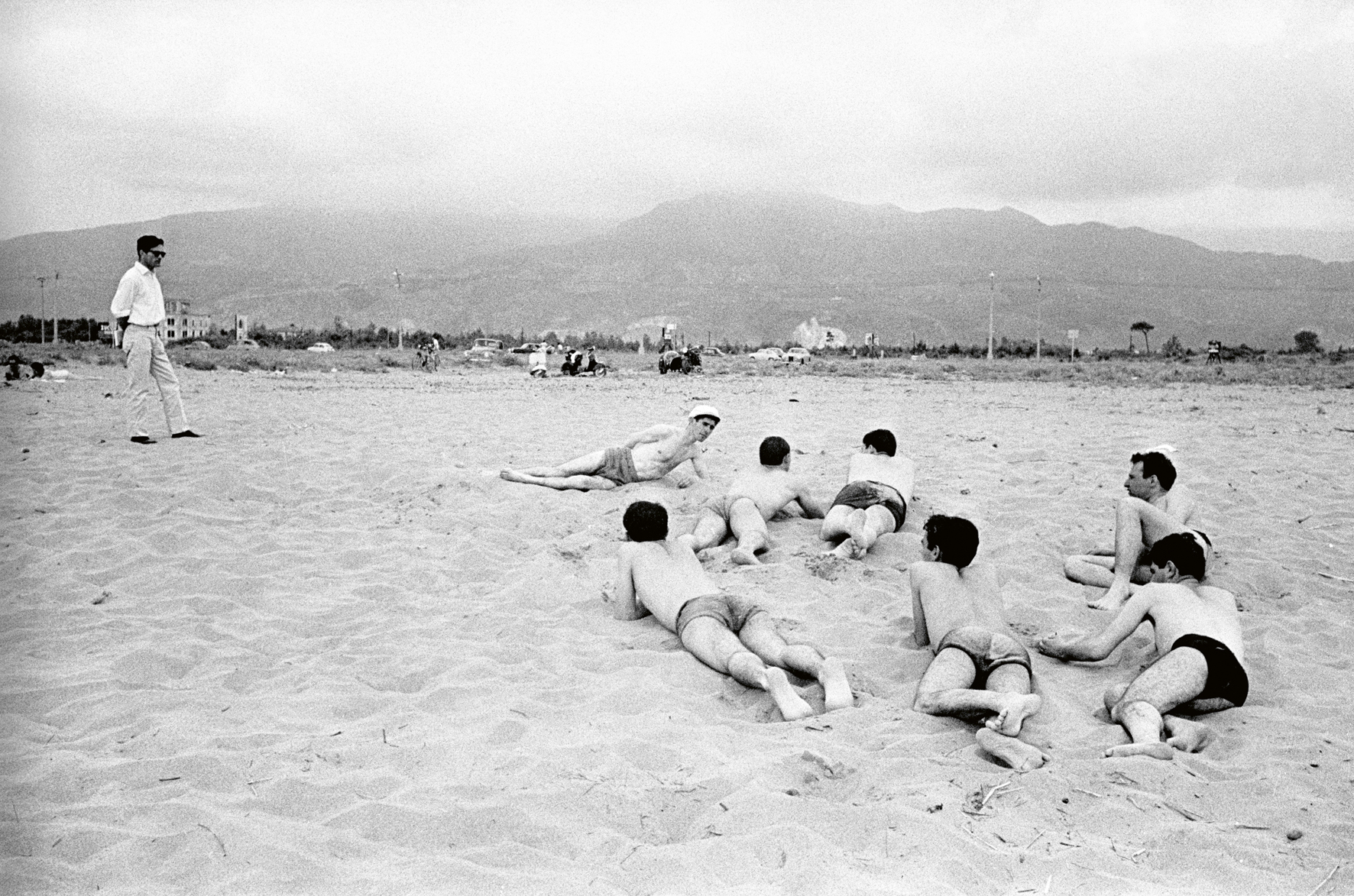
Pasolini and di Paolo only travelled the first part of the journey together, from Ventimiglia to Ostia, as they realised they had different visions for the reportage. While Pasolini wanted to evoke a nostalgic and romantic past through glimpses of Italy’s present, di Paolo wanted to capture Italy’s transformation by looking forward, leaving the memory of the war far behind.
Yet, even with their contrasting visions, they both seem to foreshadow certain realities of summer travel and tourism that we see in Italy today. During their visit to Venice, di Paolo captures celebrities as they’re photographed and stared at by the masses or people lying on rows of identical beach beds in stabilimenti, privately managed beach lidos. In the same city, Pasolini records a conversation between the artists Giuseppe Santomaso and Giulio Turcato, who discuss how Venice “isn’t well equipped for mass tourism” but rather is “tailored for tourism for the elite.” Both photographer and writer captured Venice as it was changing, potentially predicting what is happening to the city today: with its mass tourism and its risk of sinking, it might soon be added to UNESCO’s World Heritage in Danger list.
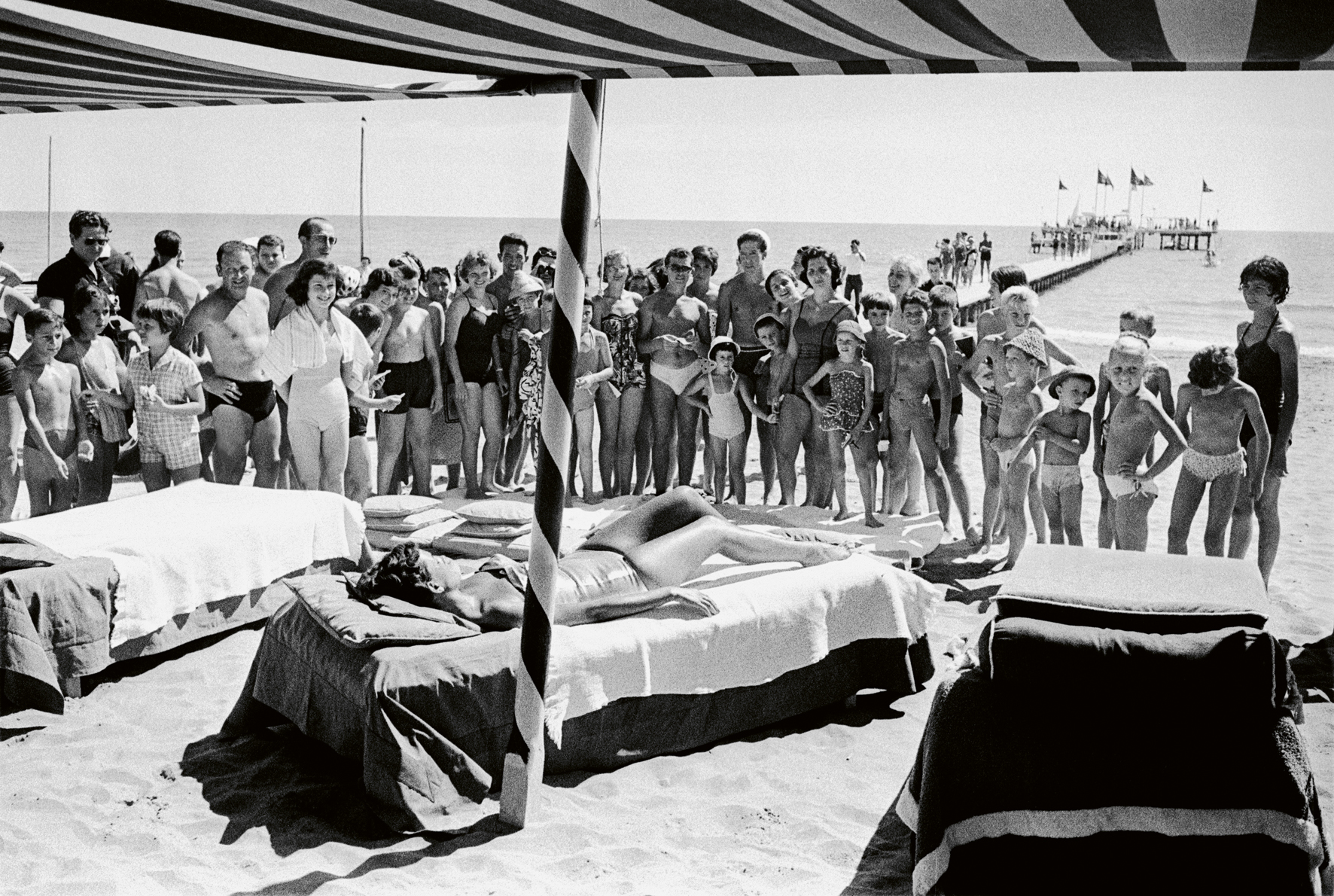
Reading Pasolini’s words and looking at di Paolo’s photographs at a time when Italy is experiencing 40°C temperatures in the south, and tropical thunderstorms in the north, makes it difficult not to romanticise the idyllic Italian summer they evoke. With scenes of local bathers relaxing on the beach or travellers gallivanting along the lungomare, it’s a summer that we can so vividly materialise as it has even become a recurring trope in popular culture, from the times of Federico Fellini’s La Dolce Vita to Mike White’s recent second season of The White Lotus.
That’s why it can’t be a coincidence that the publisher teNeues released an illustrated book that rediscovers di Paolo’s photographic archive of La lunga strada di sabbia on 15 August, the national holiday known as “Ferragosto” in Italy. Every year on that day, Italians travel along the coasts to look for a summer of ecstasy, bliss, and dolce far niente as pictured in di Paolo’s photographs taken in Sorrento or Forte dei Marmi. The reality is that what they’re looking for can’t be found – the summer of La lunga strada di sabbia is fixed in 1959 and has been replaced by one of sweltering temperatures and extreme weather conditions due to the climate crisis. The words of Pier Paolo Pasolini and photographs of Paolo Di Paolo can only act as a reminder of a nostalgic memory of a summer that no longer exists.
‘La lunga strada di sabbia’ is published by teNeues and is available to buy here.
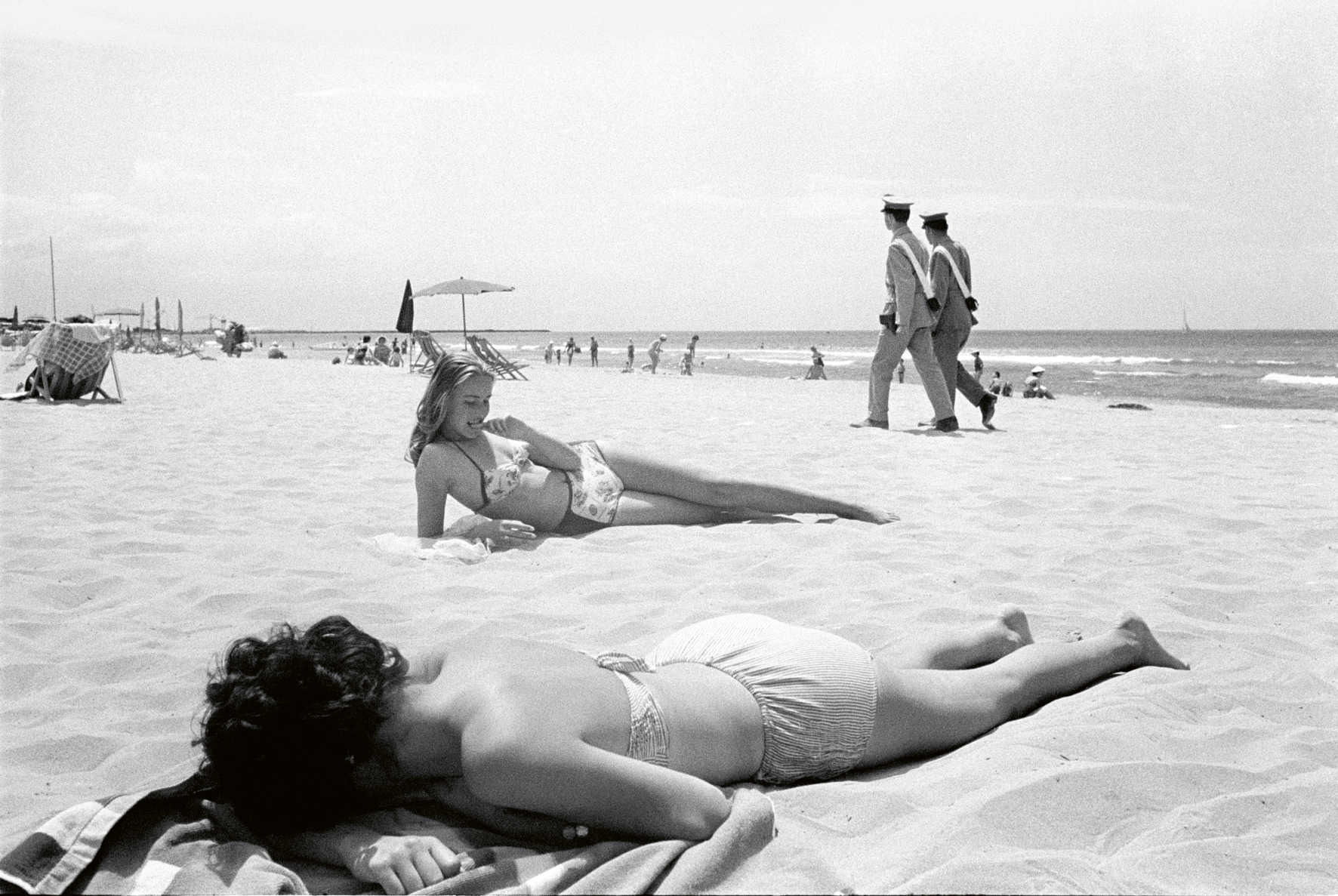
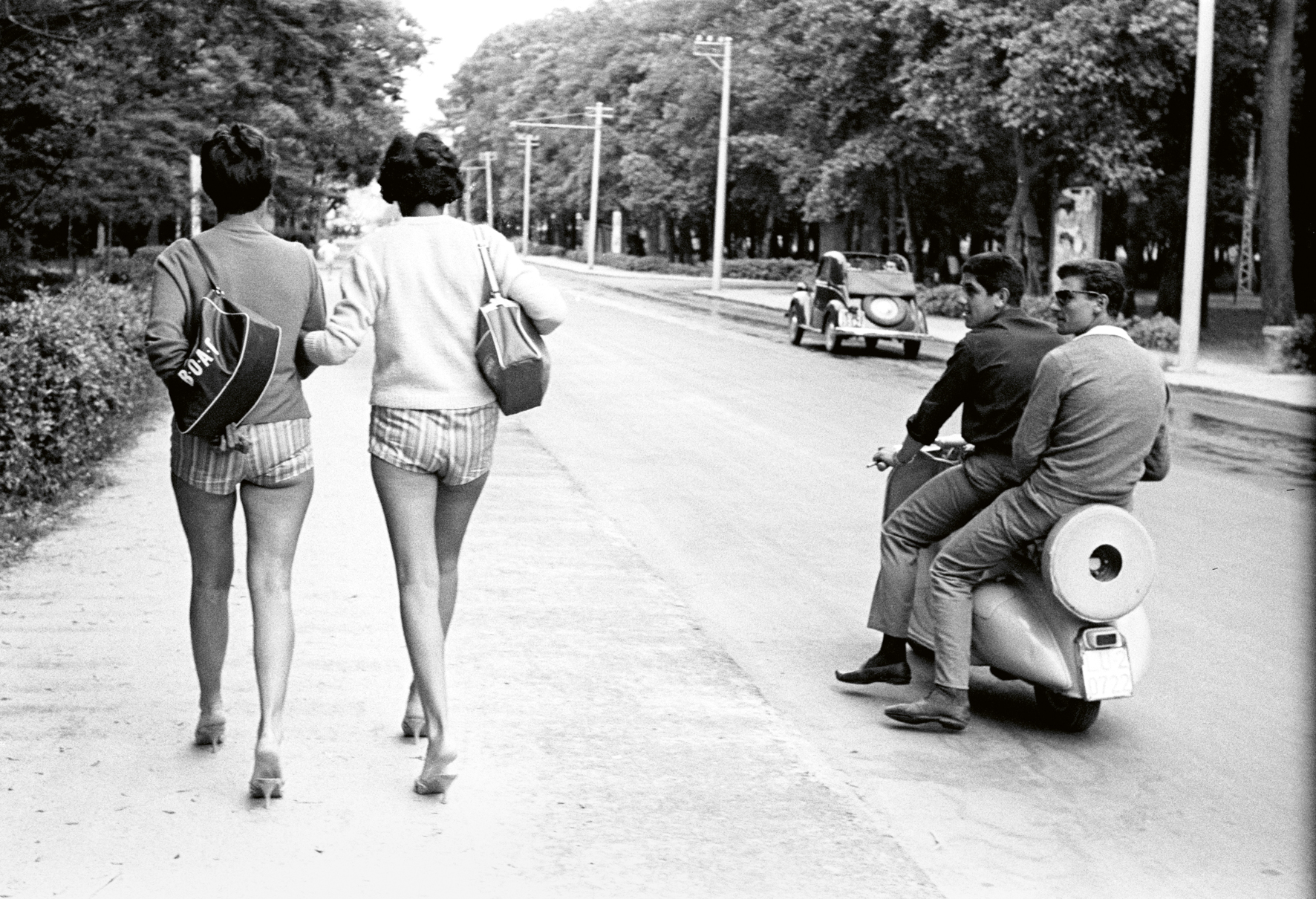
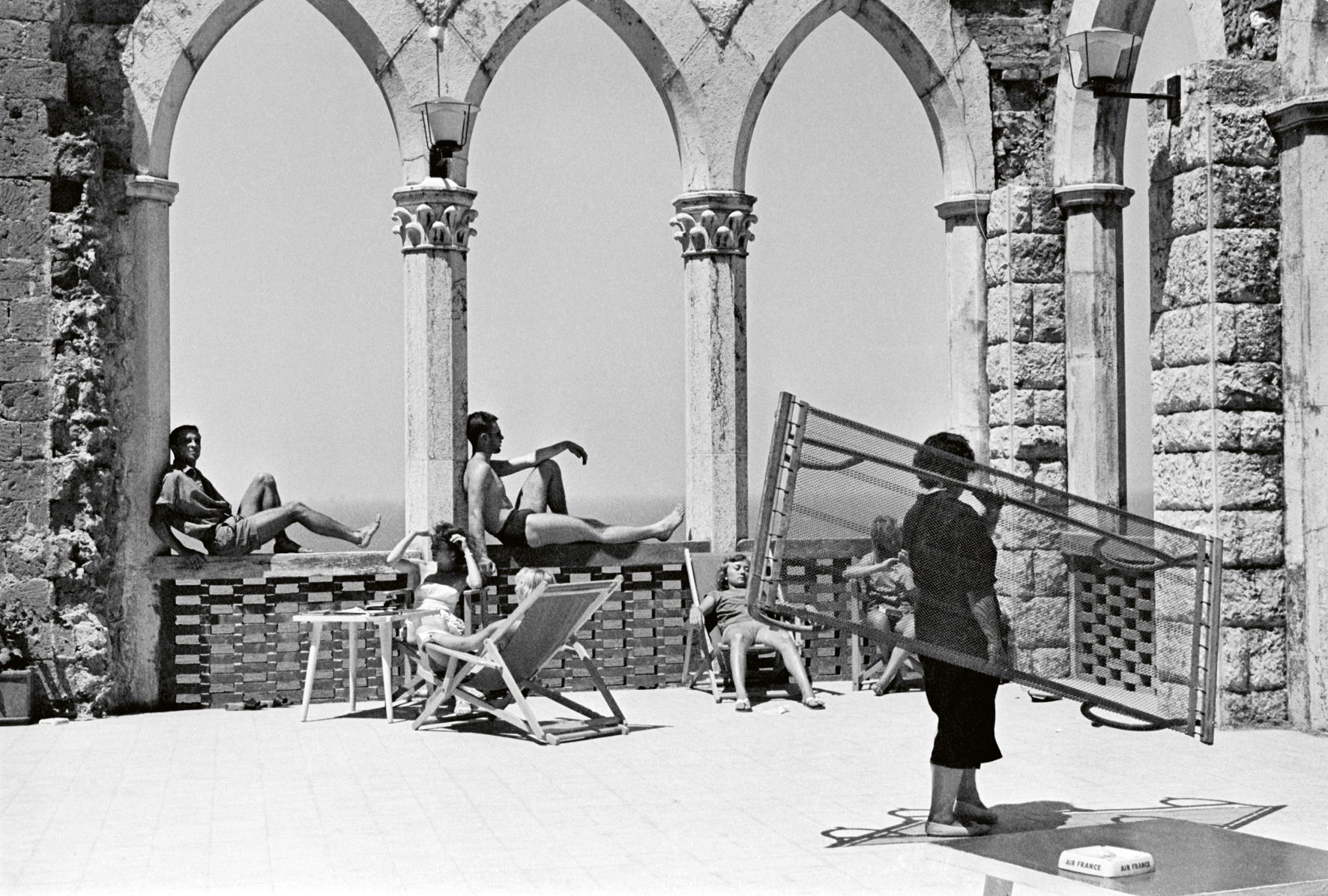
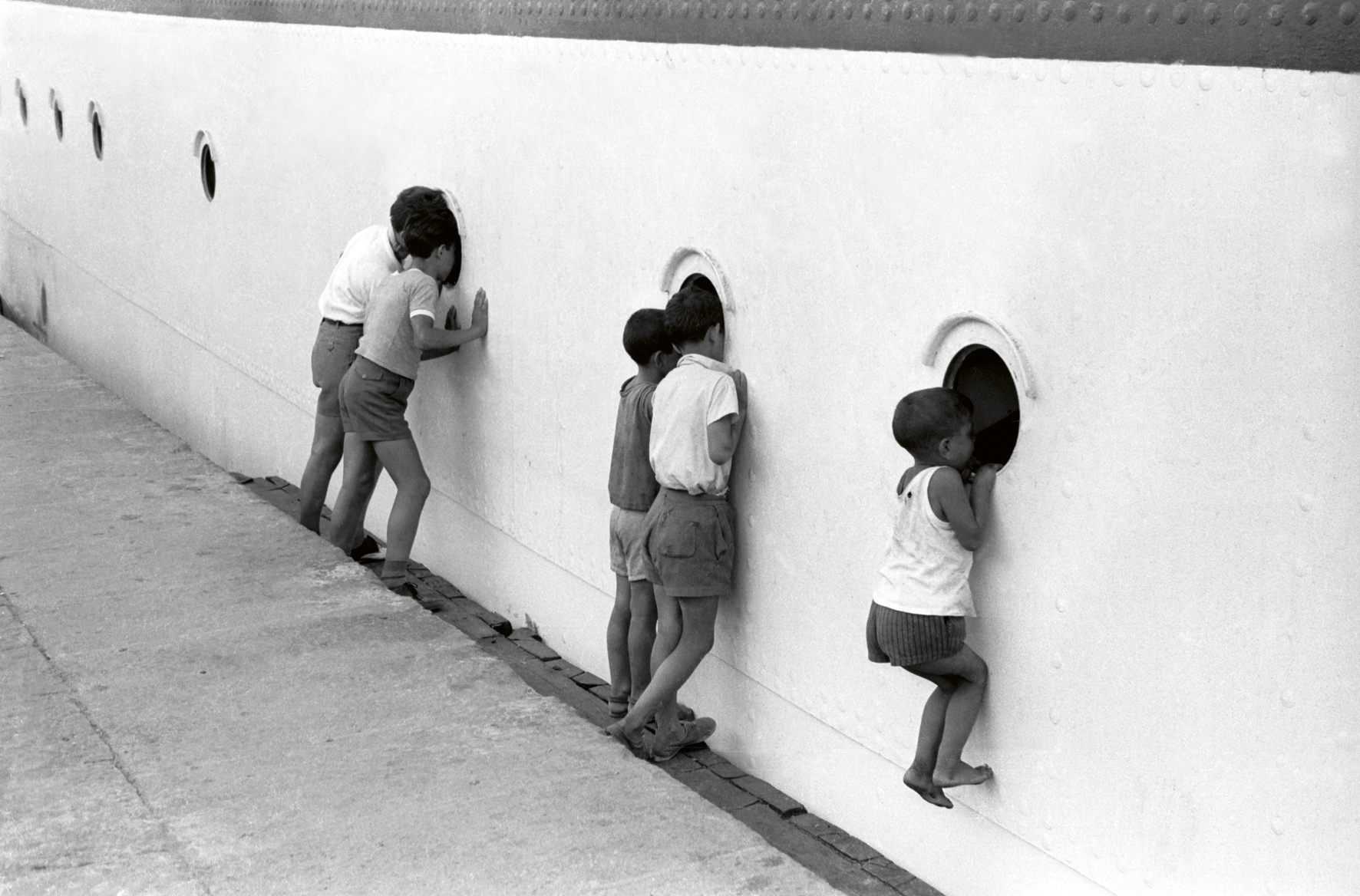


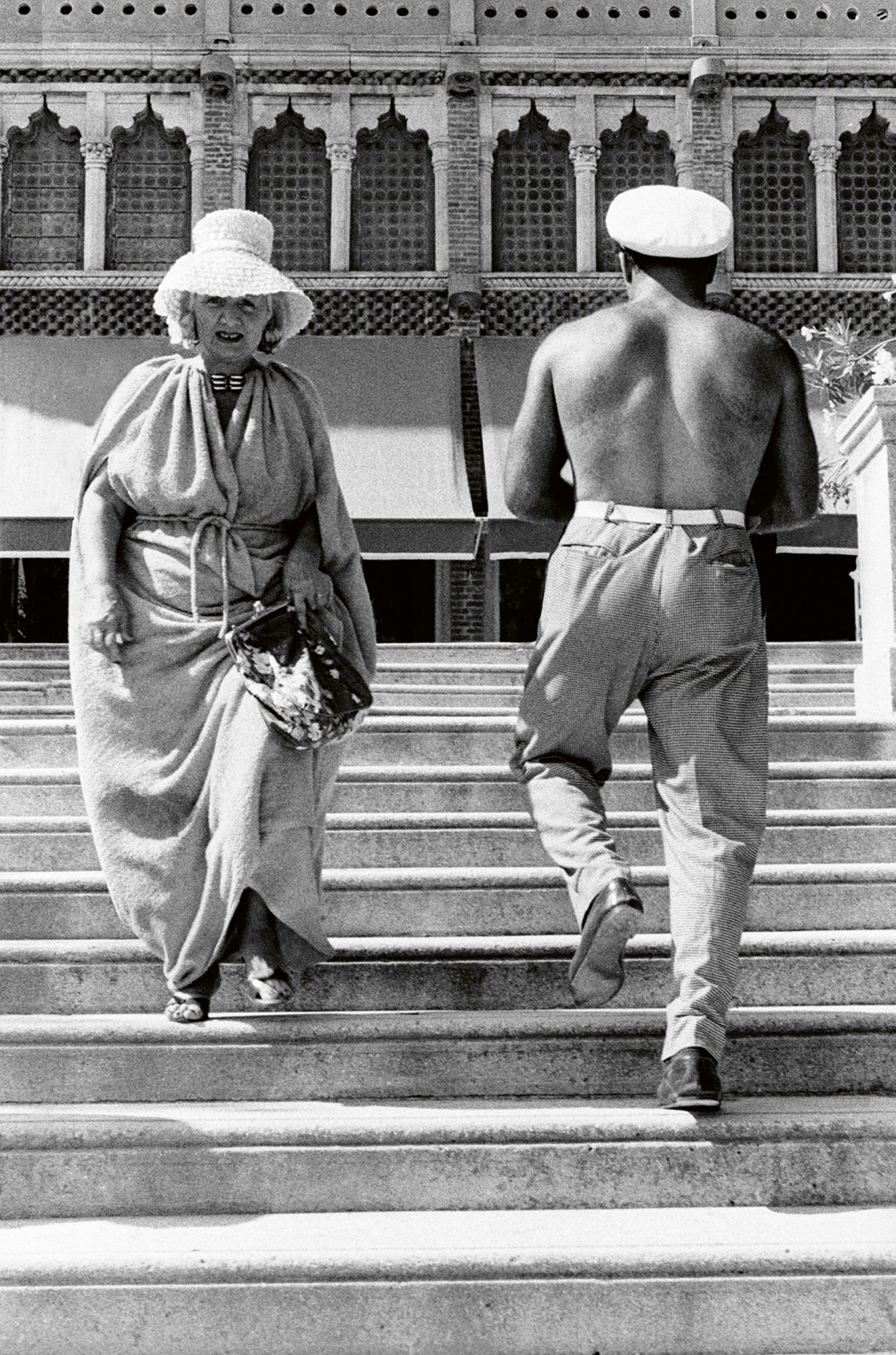
Credits
All images © Archivio Fotografico Paolo Di Paolo
